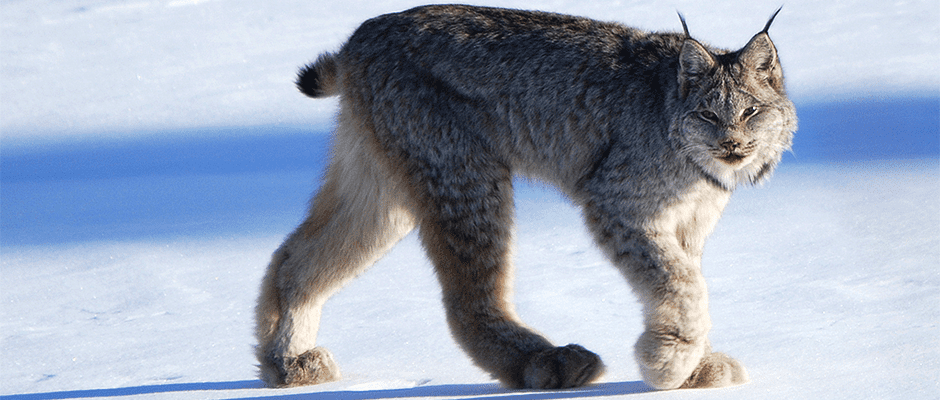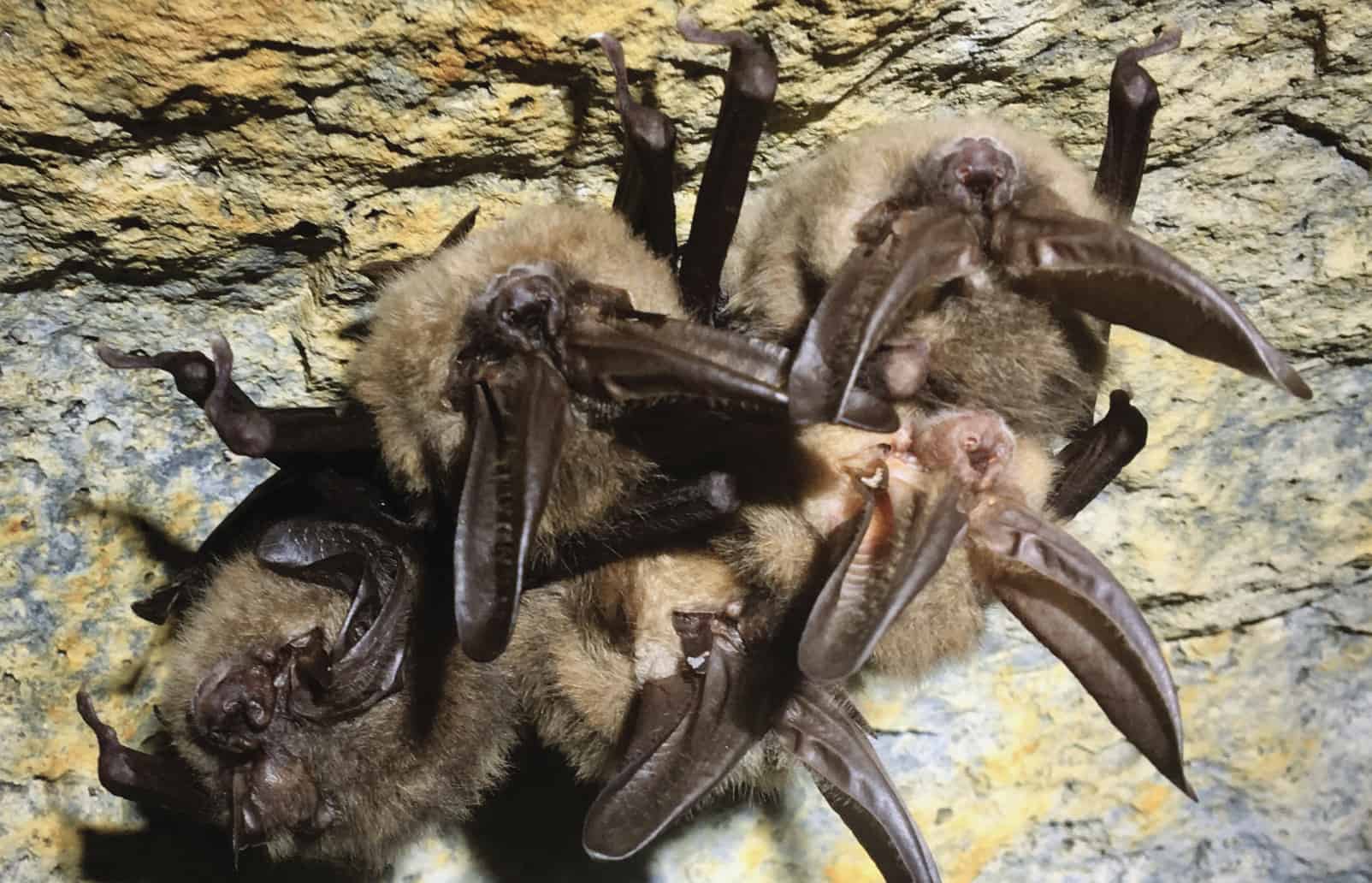Share this article
Judge orders USFWS to strengthen protections for threatened lynx
A federal court has ruled that the U.S. Fish and Wildlife Service is not doing enough to protect Canada lynx (Lynx canadensis) from trapping.
In his Oct. 26 decision, U.S. District Judge Donald Molloy stated that USFWS’s current protection for the lynx “does not set adequate triggers and fails to minimize take” that can occur from regulated bobcat trapping.
The lynx is broadly distributed across Canada and Alaska, with more isolated populations present in the contiguous U.S., namely Maine, Minnesota, Montana, Idaho, Washington and Colorado. The lynx was listed as threatened in the contiguous U.S. in 2000. In January, the U.S. Fish and Wildlife Service announced that it had completed an assessment of lynx in the contiguous U.S. That scientific review determined that listing may no longer be warranted for the lynx, and the Service is working toward delisting.
Lynx are solitary animals with large home ranges and rely almost exclusively on snowshoe hare (Lepus americanus) for prey. Historically, their boreal forest habitat has been affected by timber harvest and other land management decisions that led to a decreasing lynx population. In recent years, the Service had worked with the U.S. Forest Service and Bureau of Land Management to ensure that land management decisions on federal lands benefit the lynx, with the result that populations have stabilized and the cat may no longer need the protection of the Endangered Species Act.
Lynx are threatened species under the ESA and the USFWS has issued a special 4(d) rule protecting all wild lynx from harm, or “take.” While trappers cannot legally trap them, lynx may be incidentally caught in traps legally laid for bobcats (Lynx rufus).
The USFWS has determined that each year, two lynx can be injured and two killed in bobcat traps without triggering the ESA and has developed a brochure to help reduce incidental take. The plaintiffs in the recent case argued, and the judge agreed, that the definition of injury is unclear enough to make that numerical standard insufficient.
This latest court decision is just one of many such decisions affecting lynx management and conservation. Over the past 20 years, the secretive predator has been the subject of litigation in Idaho and Montana regarding the states’ trapping regulations. In two other high-profile cases, legal arguments centered around the consultation requirements for other federal agencies undertaking land management.
As a result of Molloy’s order, the Service is looking at ways to better prevent incidental take of lynx in bobcat traps. It is also working on a proposed rule regarding lynx delisting that will be published for public review and comment.
Header Image: A federal judge’s ruling calls for more safeguards for the Canada lynx. ©Keith Williams








